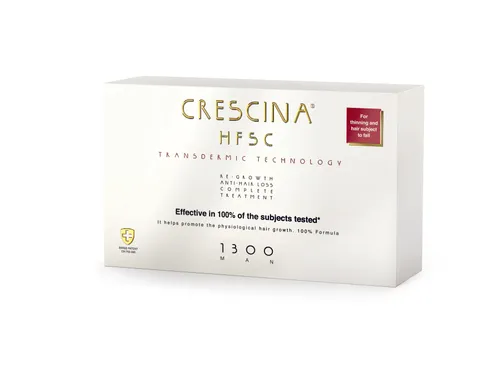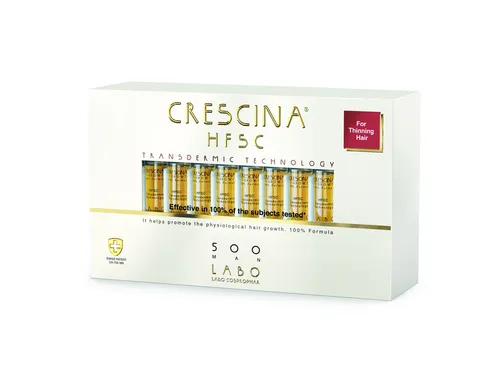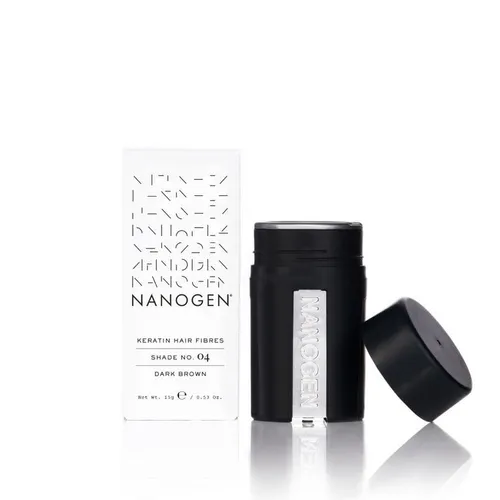Optic Accessories
Optic accessories play a crucial role in enhancing the performance and versatility of various optical devices, including cameras, binoculars, and telescopes. These products are designed for photography enthusiasts, nature observers, and stargazers alike, providing essential tools that improve image quality, increase functionality, and facilitate a better user experience. Whether you are a professional photographer looking to elevate your craft or a hobbyist seeking to explore the great outdoors, understanding the different types of optic accessories available can significantly enhance your overall experience.
When selecting optic accessories, several key factors should be considered to ensure you choose the right products for your needs. First and foremost, compatibility is essential. Ensure that the accessory you are considering is compatible with your specific camera or optical device. This includes checking the mount type, size, and any necessary adapters. Additionally, the material of the accessory can impact its durability and performance. High-quality materials such as aluminum or high-grade plastics are often more resilient and can withstand the rigors of outdoor use.
Another important parameter to consider is the specific features of the accessory. For instance, if you are looking at filters, consider whether you need polarizing filters to reduce glare or neutral density filters to control exposure. For lens hoods, think about the type of photography you will be doing, as different shapes and sizes can affect light entry and lens flare. Furthermore, consider the weight and portability of the accessory, especially if you plan to carry it during long excursions.
Each type of optic accessory comes with its own set of advantages and disadvantages. For example, lens filters can enhance image quality but may introduce color casts if not chosen carefully. Tripods provide stability for long exposures but can be cumbersome to transport. Understanding these trade-offs will help you make informed decisions that align with your specific photography or observation goals.
To maximize the benefits of your optic accessories, proper usage and maintenance are vital. Always follow the manufacturer's guidelines for installation and use. Regularly clean your accessories to prevent dust and smudges from affecting performance. Use a microfiber cloth for lenses and filters, and avoid harsh chemicals that could damage coatings. Additionally, store your accessories in a protective case to prevent scratches and other damage when not in use.
Combining your optic accessories with other equipment can also enhance your experience. For instance, using a sturdy tripod with a gimbal head can improve stability and fluidity when shooting video or capturing wildlife. Pairing a high-quality lens filter with your camera can help achieve the desired effects in your images, while a good camera bag can keep everything organized and easily accessible during your adventures.
In conclusion, optic accessories are essential tools that can significantly enhance your optical experience, whether for photography, birdwatching, or astronomy. By considering compatibility, materials, features, and the specific advantages and disadvantages of each accessory, you can make informed choices that suit your needs. Proper maintenance and thoughtful combinations with other equipment will further ensure that you get the most out of your optic accessories, allowing you to capture stunning images and enjoy your observations to the fullest.
show more text











